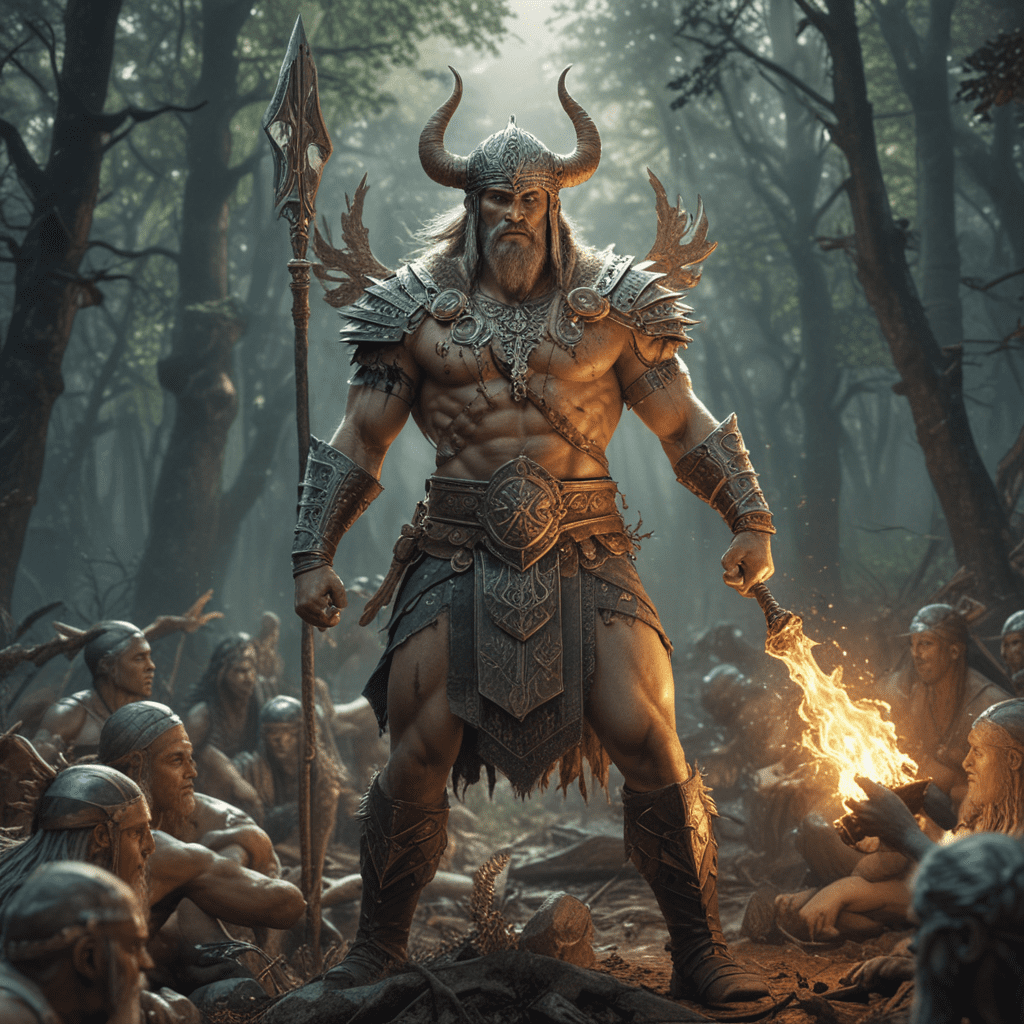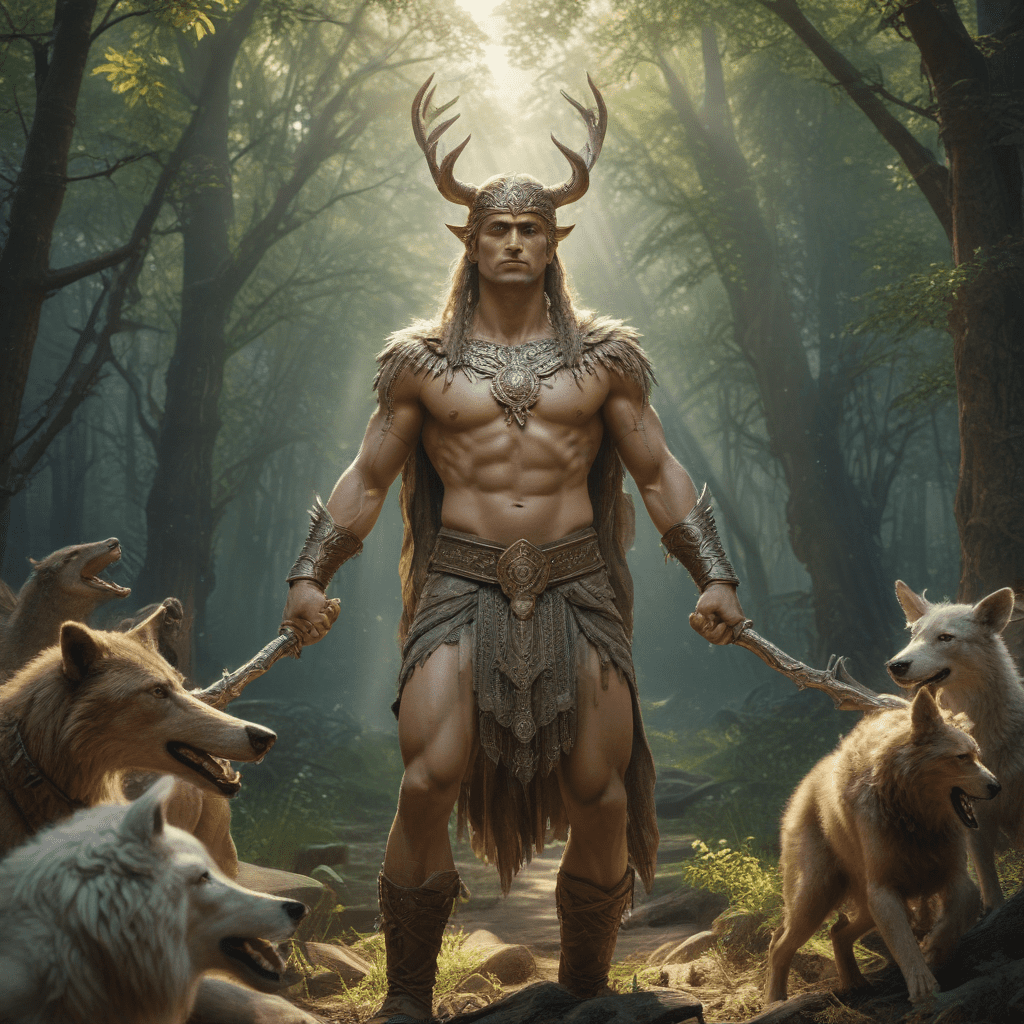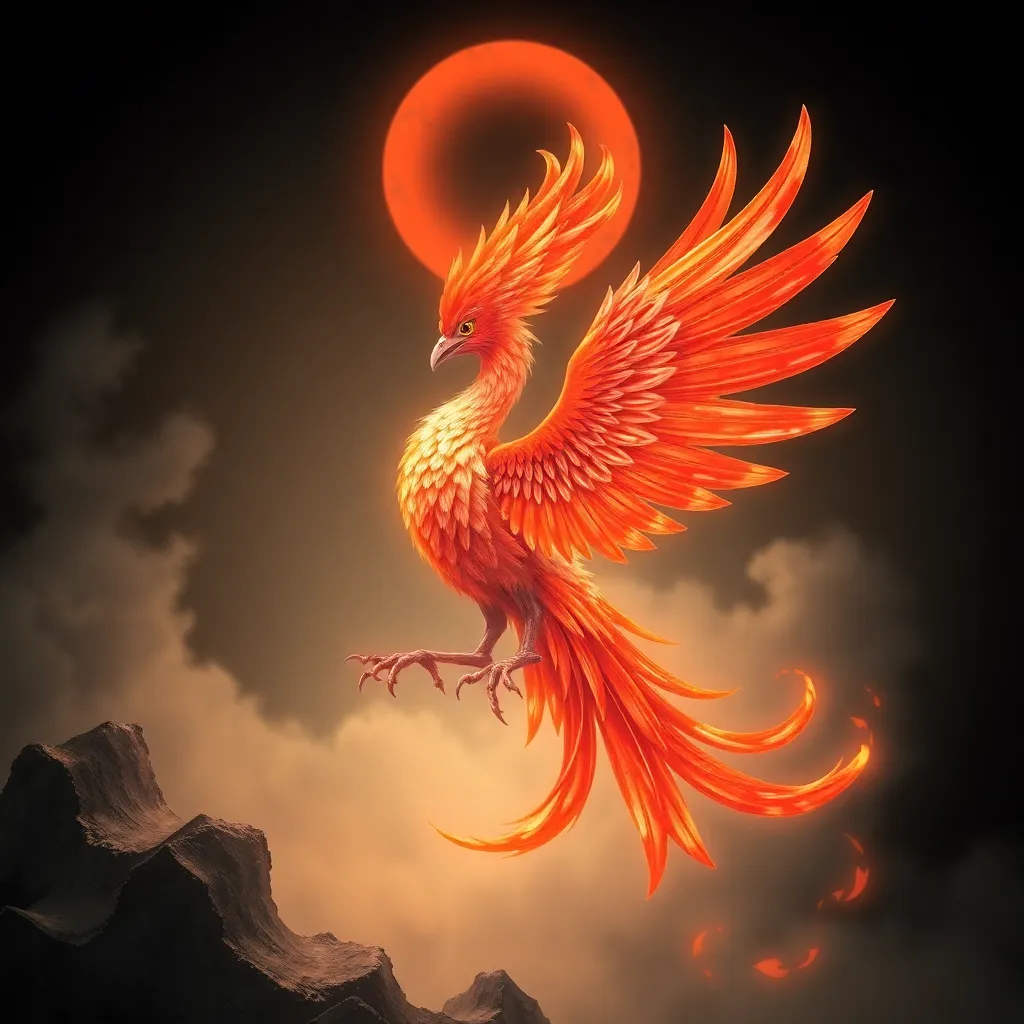Slavic Mythology: Tales of Creation and Destruction
I. Introduction: Origins and Significance of Slavic Mythology
Slavic mythology, a rich tapestry of beliefs and legends, has captivated the imaginations of generations. Originating in the ancient Slavic cultures of Eastern and Central Europe, these tales provide a glimpse into the origins of the universe, the nature of gods and goddesses, and the cyclical nature of existence.
II. The Myth of Creation: Rod and the Cosmic Egg
At the heart of Slavic cosmogony lies the myth of Rod, the primordial deity who emerged from chaos. From his cosmic egg, the world was born, with the upper half forming the heavens and the lower half the earth. Rod's breath created the wind, his tears the rain, and his laughter the thunder.
III. The Role of the Trinity: Svarog, Perun, and Veles
From Rod's creation emerged the divine trinity of Svarog, Perun, and Veles. Svarog, the celestial blacksmith, fashioned the sun, moon, and stars. Perun, the thunder god, wielded lightning bolts and protected the heavens. Veles, the god of the underworld and the earth, ruled over the waters and the dead.
IV. The Creation of the Earth and the Waters
The earth was created by the joint efforts of Svarog and Veles. Svarog forged the land from stone, while Veles filled it with rivers, lakes, and seas. The waters held a sacred significance, representing both life and mystery, and were the dwelling place of various deities and spirits.
V. The Emergence of Gods and Goddesses: Dazbog, Mokosh, and Zorya
As the world took shape, a pantheon of gods and goddesses emerged. Dazbog, the sun god, brought light and warmth to the earth. Mokosh, the mother goddess, was responsible for fertility and childbirth. Zorya, the goddess of dawn, heralded the beginning of each day with her three sisters, representing the morning, midday, and evening stars.
VI. The Myth of Destruction: The Battle of the Gods
The Slavic myth of destruction centers around a great battle between the gods of light and darkness. Svarog, Perun, and their allies clashed against the forces of Chernobog, the Slavic god of darkness and chaos. The outcome of this cataclysmic struggle would determine the fate of the universe.
VII. The Role of Chernobog: The Slavic God of Darkness and Destruction
Chernobog, the antithesis of Rod, represents the destructive and chaotic forces of the universe. His name translates to "black god," and he is associated with evil, darkness, and death. Chernobog's primary aim is to destroy the world created by Rod and the other gods.
VIII. The End of the World: The Great Fire
According to Slavic mythology, the world will end in a great fire known as the "Great Fire." Triggered by Chernobog's malevolent forces, this fire will consume the earth, the heavens, and all living beings. The only hope for salvation lies in the intervention of Rod, who may intervene to create a new world from the ashes.
IX. The Rebirth of the World: The Dawn of a New Era
славянская мифология , славянские боги, мифы славян, славянские мифы, создание мира, разрушение мира, рождение богов, смерть богов, возрождение мира
The Slavic myth of creation and destruction is a cyclical one. After the Great Fire consumes the world, Rod will once again emerge from the chaos and create a new world. This process of destruction and rebirth symbolizes the eternal cycle of life and death, the constant interplay between light and darkness.
X. Conclusion: The Enduring Legacy of Slavic Mythology
Slavic mythology continues to enchant and inspire generations with its rich and intricate tales of creation, destruction, and rebirth. These myths provide insight into the beliefs, values, and fears of the ancient Slavic people. They remind us that even in the face of chaos and destruction, hope for a new beginning always exists.
FAQ:
-
Who is the supreme deity in Slavic mythology?
- Rod
-
What is the Slavic myth of destruction called?
- The Great Fire
-
Who is the god of darkness and chaos in Slavic mythology?
- Chernobog
-
Is Slavic mythology still practiced today?
- Some aspects of Slavic mythology are still practiced in modern Eastern European pagan traditions.
-
What is the significance of the cosmic egg in Slavic mythology?
- The cosmic egg symbolizes the birth of the universe.




